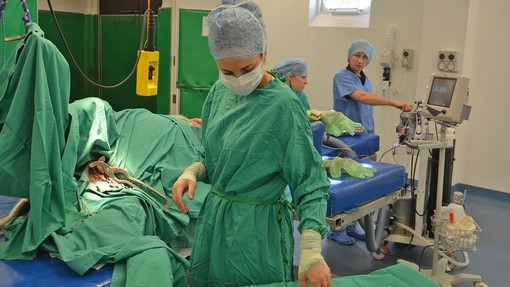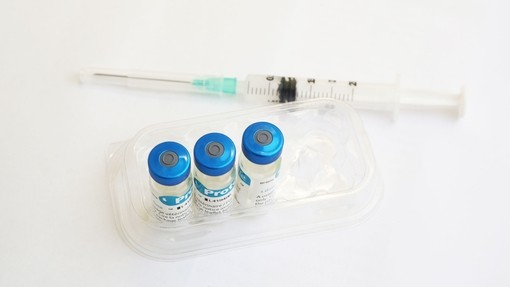Anaesthetic protocol
Accurate weight estimation is essential.
Please note that horse weigh tapes are not accurate in the donkey.
The donkey weight estimator has been produced by The Donkey Sanctuary and is available as a fact sheet.
| Theatre Protocol | Field Protocol | |
| Pre Med |
|
|
| Induction |
|
|
| Maintenance |
|
|
*Care with butorphanol administration in older donkeys as it can cause a deeper anaesthetic plane. It is best reserved for stressed donkeys or very painful procedures.
For Mules, increase the doses by 1/3 – 1/2
**The triple drip recipe* used in donkeys is different to that used in horses and ponies.
The recipe used by The Donkey Sanctuary can be found on a separate factsheet: Triple Drip Combination: Maintenance of Anaesthesia in Donkeys.
- Clipping is necessary in many cases because the testicles are often covered in hair.
- There is an increased risk of haemorrhage in the donkey and a ligature around the vaginal tunic, including the testicular artery is essential.
* The triple drip recipe is different in donkeys to that used in horses and ponies
The constrictor knot

- Place working end over cord.
- Cross over the static end.
- Go round the back and through again. This is now a Clove Hitch.
- Take the working end and go over the first loop.
- Then under towards the middle and pull up tight.
Analgesia
We routinely give Flunixin 1.1.mg/kg IV with the premed five minutes prior to GA. Flunixin is then continued at 1.1mg/kg BID PO for a maximum of 5 days followed by Phenylbutazone 2.2 - 4.4mg/ kg BID PO if necessary.
Antibiotics
We give these according to the situation and responsible practice.
Be aware of vaccination status – if unsure we advise administering tetanus antitoxin.
Post-operative care
- Monitor the donkey for appetite and faeces as donkeys on NSAIDs may hide a developing colic.
- Encourage movement to reduce any swelling; walk the donkey where possible.
- Use a cold hose from the top of the scrotum to minimise post- op swelling where the donkey will allow this.




